About worms
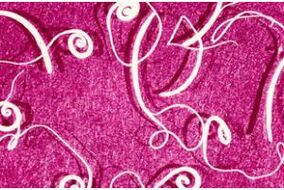
- Flatworms (nematodes);
- Roundworms (taenia and flukes).
- The final host in which the worm develops to sexual maturity;
- An intermediate host in which the worm survives until one of its developmental stages.
- Biological helminthiasis - the development of helminths occurs in organisms of different species;
- Geohelminthes - Worm eggs spend part of their developmental cycle in the soil, with no intermediate host.
How do parasitic infections occur?

- Through dirty hands, contaminated water, poorly processed food.
- When dust particles containing insect eggs are inhaled.
- through the skin.
- Serves as an intermediate host (Wuchereria bancrofti) after being bitten by a mosquito.
- When eating contaminated seafood, meat, fish (flukes).
Which organs are affected by helminthiasis?
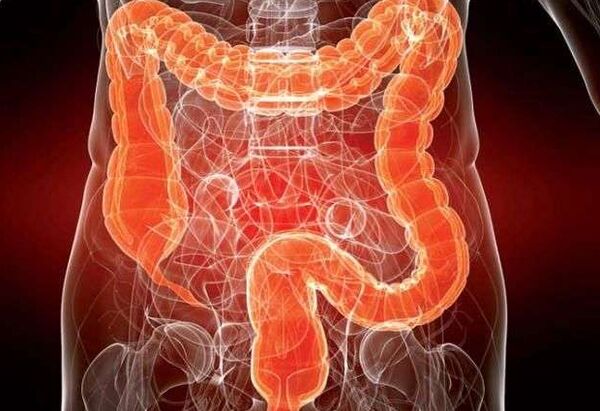
- Large intestine - roundworms, pinworms.
- Duodenum - Strongyloides stercoralis.
- lymphatic vessels.
- Lungs - Paragonimidae.
- Subcutaneous tissue - Larva migrans.
- Worms live in the hollow organs and tissues of the human body.
- Tissue (hydatid, cysticercosis);
- Luminal (taeniasis, pinwormiasis, ascariasis).
Clinical manifestations of helminthiasis
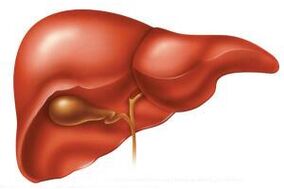
- Acute phase - 2-3 weeks to several months;
- Chronic stage - from 2-3 months to several years.
- temperature rises slightly
- Muscle pain,
- rash,
- swelling of limbs,
- swollen lymph nodes,
- indigestion,
- Enlargement of the spleen and liver,
- Damage to the central nervous system.
- Indigestion and intestinal pain,
- intestinal obstruction,
- hemorrhagic colitis,
- anemia,
- vitamin deficiency,
- sudden weight loss,
- Obstructive jaundice, hepatitis (with liver damage),
- Loss of certain functions of the central nervous system (when the parasite is located in the brain),
- Inflammatory diseases of the pelvic organs (pinworm migration into the vagina),
- Stomach and intestinal ulcers (chronic strongyloidiasis),
- Damage to muscle tissue, formation of capillary granulomas in the brain (severe trichinellosis),
- Damage to the lymphatic system (due to nematode infection).
By analyzing the symptoms of helminthiasis, one can be convinced that this disease has no stable clinical manifestations or clear specific signs.
Diagnosis of parasitic infections
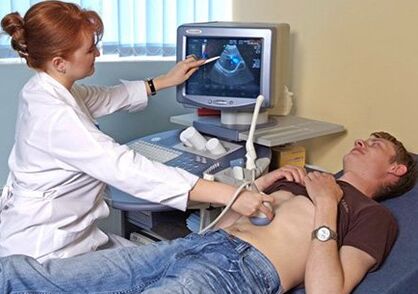
- Laboratory examination of stool, bile, sputum, blood, urine, rectal and anal mucus scrapings, and duodenal contents for detection of parasites and their eggs and larvae;
- Ultrasound, radiography;
- Endoscopy, internal biopsy.
The test can reveal the presence of parasites even in the early stages of infection.
Treating Parasitic Infections with Traditional Methods
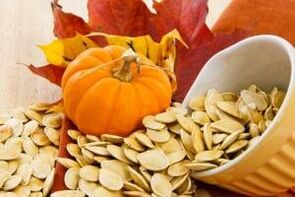
- Eat peeled pumpkin seeds for two weeks, keeping the thin green skin on the seeds.
- Decoction of peel from one pomegranate, 3/4 tbsp. Take it with boiled water on an empty stomach, one and a half hours in advance, and take it in three doses. After a few hours, be sure to use laxatives to stimulate bowel movements.
- Enemas with freshly squeezed carrot juice (40 ml) should be given daily for 7 days.
- Consume garlic and preparations containing garlic regularly.
- Place a whole clove of garlic into the rectum (to combat pinworm disease).
- Take freshly prepared garlic juice (10-15 ml) and warm milk (1 cup) and drink it on an empty stomach and repeat the intake 1-2 times during the day.
- Stir a mixture of 50 grams of garlic and grated horseradish roots into half a liter of vodka. The mixture was injected for 1. 5 weeks and filtered. Mandatory dose – 1 tbsp. The infusion must be washed down before each meal. Effective against giardiasis.
- Garlic porridge enema shortly before going to bed can effectively fight pinworms and tapeworms. Enema: Stir 1 teaspoon in a glass of water. minced garlic. Regularly every week.
- 2 cloves of garlic, 2 tablespoons, decoction. milk, 1 tbsp. Lake-dried tansy flowers can be used as an enema. The enema mixture should boil for about 10 minutes. Perform 7 times and repeat the treatment after 10 days of rest to consolidate the curative effect.
- 1 tsp. For dry mugwort, pour 400 ml (2 tablespoons) boiling water, drain, decoct and take 1-2 tablespoons. Take it three times a day, before each meal. Effective against ascariasis and pinworms.
- Mix tansy (1 tablespoon of dried flowers) with 0. 5 liters of boiling water for 3 hours and give it as an enema into the rectum before going to bed. This product is prohibited for pregnant women and children.
- Infuse for half an hour starting from 4 tablespoons. Lake unripe walnuts and a glass of boiling water with salt, filter and take it at the same time as a laxative. Effective against tapeworms, roundworms, and pinworms.
- 1 tbsp. Pour 200 ml of boiling water over the tansy flowers and after an hour filter the infusion. Admission frequency is standard - Art. Lake 20 minutes before dinner. Therefore, it needs to be treated for 2-3 days and finished with laxatives.
- Boil 1 kg of sorrel in 1 liter of boiling water for 2 hours (preferably in a water bath), strain and add a few tablespoons of sugar. The volume of the final product is 1 cup of decoction, drink 1-2 sips daily before meals.

















